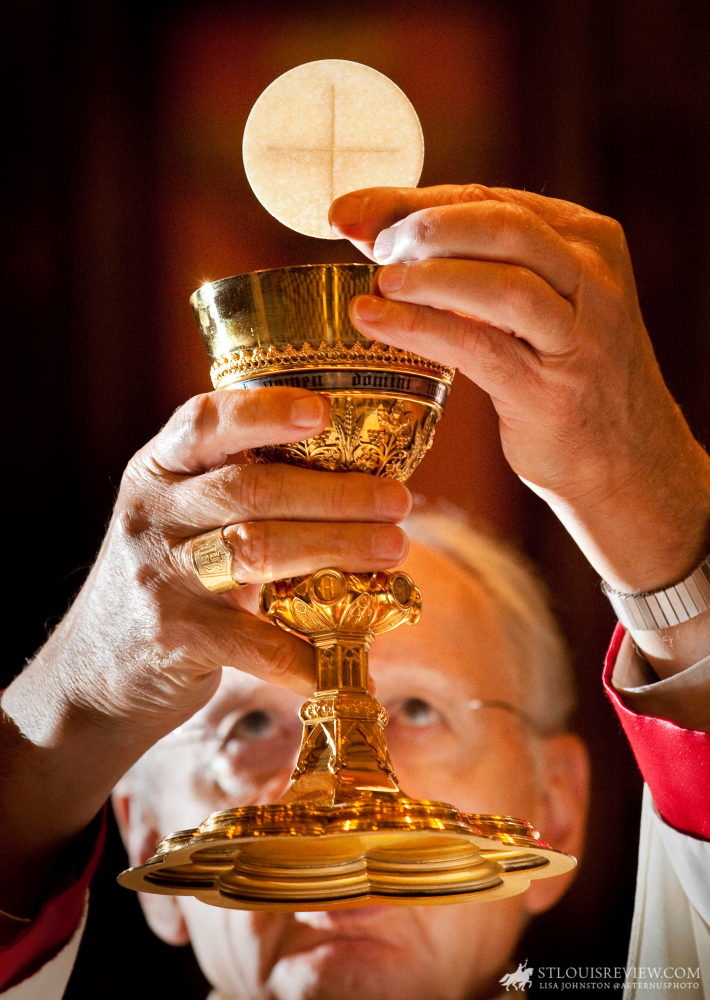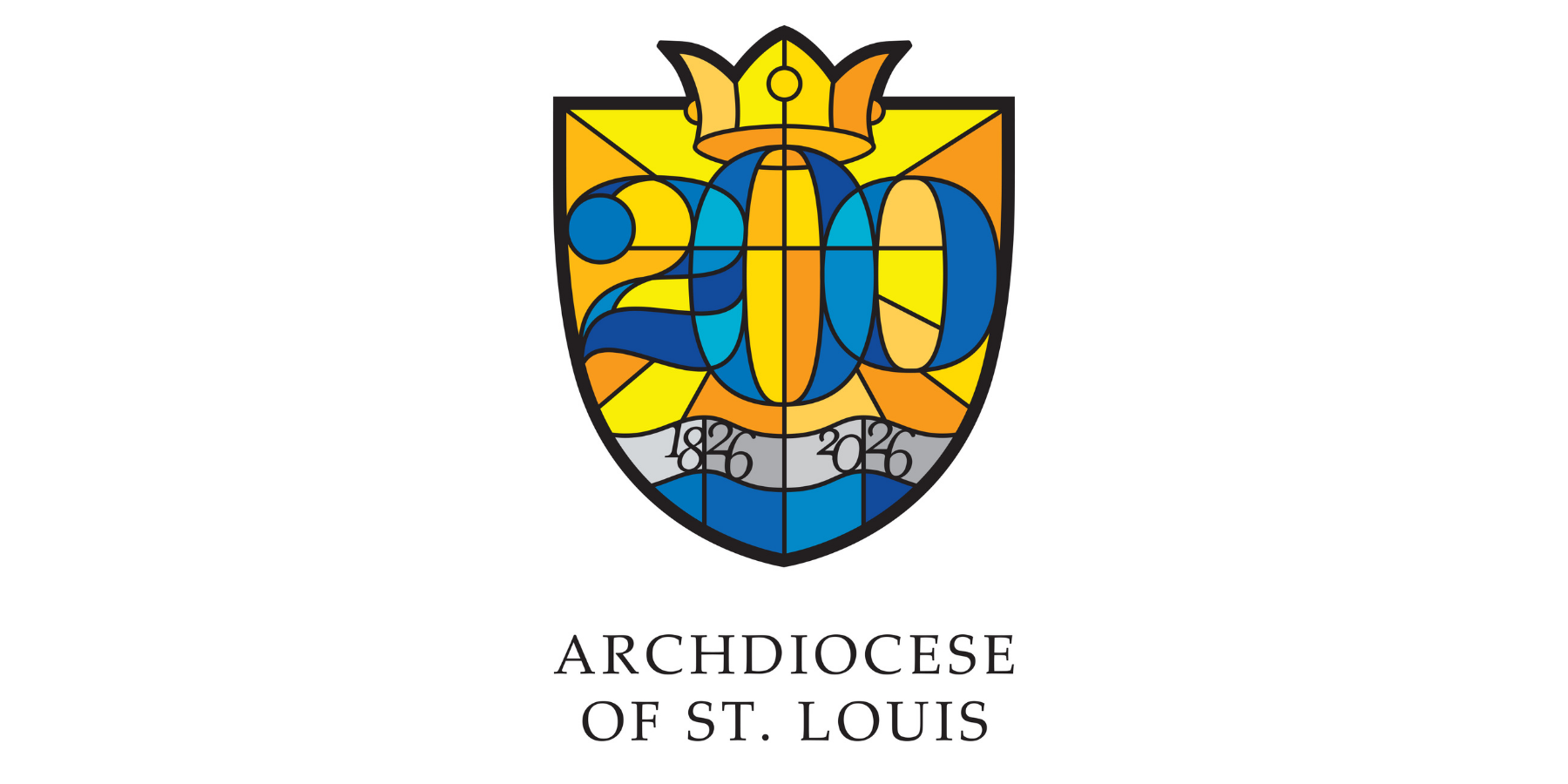Jesus’ life leads Church to require wheat for Blessed Sacrament

Bishops verify and guarantee the validity and worthiness of the bread and wine used for the celebration of the Eucharist, the Vatican stated in a recent document.
Because bread and wine for the Eucharist are no longer supplied just by religious communities, but “are also sold in supermarkets and other stores and even over the internet,” bishops create guidelines, an oversight body and/or a form of certification to help “remove any doubt about the validity of the matter for the Eucharist,” the Vatican’s Congregation for Divine Worship and the Sacraments stated.
The recommendations came in a letter, “On the bread and wine for the Eucharist,” sent to diocesan bishops “at the request of the Holy Father, Pope Francis.” Dated June 15 — the feast of the Body and Blood of Christ — the letter was made public by the Vatican July 8.
The letter did not introduce new teachings or regulations — it simply reminded bishops of their important duty to ensure that the correct materials are used in the celebration of the Mass.
The letter also reiterated norms already in place regarding eucharistic matter, including that “the bread used in the celebration of the most holy eucharistic sacrifice must be unleavened, purely of wheat, and recently made so that there is no danger of decomposition;” and that completely gluten-free hosts continue to be “invalid matter for the celebration of the Eucharist.”Low-gluten hosts are valid matter, provided the hosts “contain a sufficient amount of gluten to obtain the confection of bread without the addition of foreign materials and without the use of procedures that would alter the nature of bread.”
In Dear Father column in Review in 2010, Father John Mayo answered a question in a column relating to the use of wheat in hosts. The question posed was: “Why can’t a grain other than wheat be used for Communion host?”
Father Mayos response affords additional context to the recent Vatican letter. Father Mayo wrote:
The Eucharist is a wondrous gift of Christ to the members of His Body. At the same time, this awesome gift might cause health issues for some people. It would seem that Christ would instruct the Church to do whatever she could to allow as many people as possible to receive this gift, even by changing the form under which He comes to us. The Church, in her wisdom, has maintained very strict guidelines as to what may be used for the valid celebration of Eucharist and Holy Mass.
In 1980, the Congregation for Divine Worship and the Discipline of the Sacraments wrote, “The Instruction Concerning Worship of the Eucharistic Mystery.” In it, the Church reaffirms that “the bread for the celebration of the Eucharist in accordance with the tradition of the whole Church must be made solely of wheat.” This tradition the instruction speaks of is natural and biblical.
The lifecycle of wheat closely follows that of Christ’s life. The ground is plowed, and the seeds are sown, broken and ultimately must die in order to germinate. Christ uses the example of wheat and compares Himself to it in John 12:24. The prophets of ancient Israel prepared the ground for Christ. When Christ came, He spent His life spreading the Good News throughout Israel. He was broken for us on the cross and died, yet rose to new life in the Resurrection.
In 2009, wheat fields covered 60 million acres of land worldwide, producing 2.17 billion bushels of wheat. This great amount of wheat over such a vast area symbolizes what the Church is called to be: a community in which all people gather into the new people of God.
Christ used wheat as an analogy when He taught. In Matthew 13:24-30, Our Lord tells the parable in which at the end of time, the wheat will be gathered into the barn, whereas the empty husks will be burned. People chosen to dwell with Him forever are likened to wheat, whereas others don’t have such enduring worth and are thus burned.
Wheat is used in the Old Testament, too. The place where the temple was built was a threshing floor for wheat before being bought by King David (1 Chronicles 21:22-23). The location of this threshing floor was on Mount Moriah (2 Chronicles 3:1) — the exact place where Abraham led his son Isaac in order to sacrifice him upon a pile of wood carried by Isaac. Here, we see the connection between Isaac being a Christ-like figure, carrying wood up to be sacrificed. It’a can’t be any accident that God would allow this place to then become a threshing floor for wheat before being the place where He would be worshiped. In Exodus 34:22, in which God calls upon Moses to institute a Feast of Weeks to celebrate and give thanks for the wheat harvest. This feast of thanksgiving for the wheat harvest reminds us of the Holy Eucharist, which literally means thanksgiving, where we come to receive the finest of wheat.
Due to the deep roots wheat has in our faith, it’s hard to imagine celebrating the Holy Mass without it being an integral part of the celebration.
For more about the Vatican’s letter to bishops, see:
Catholic News Service contributed the first portion of this report.
Bishops verify and guarantee the validity and worthiness of the bread and wine used for the celebration of the Eucharist, the Vatican stated in a recent document. Because bread and … Jesus’ life leads Church to require wheat for Blessed Sacrament
Subscribe to Read All St. Louis Review Stories
All readers receive 5 stories to read free per month. After that, readers will need to be logged in.
If you are currently receive the St. Louis Review at your home or office, please send your name and address (and subscriber id if you know it) to subscriptions@stlouisreview.com to get your login information.
If you are not currently a subscriber to the St. Louis Review, please contact subscriptions@stlouisreview.com for information on how to subscribe.







